The Soul in Ancient Egypt A human being

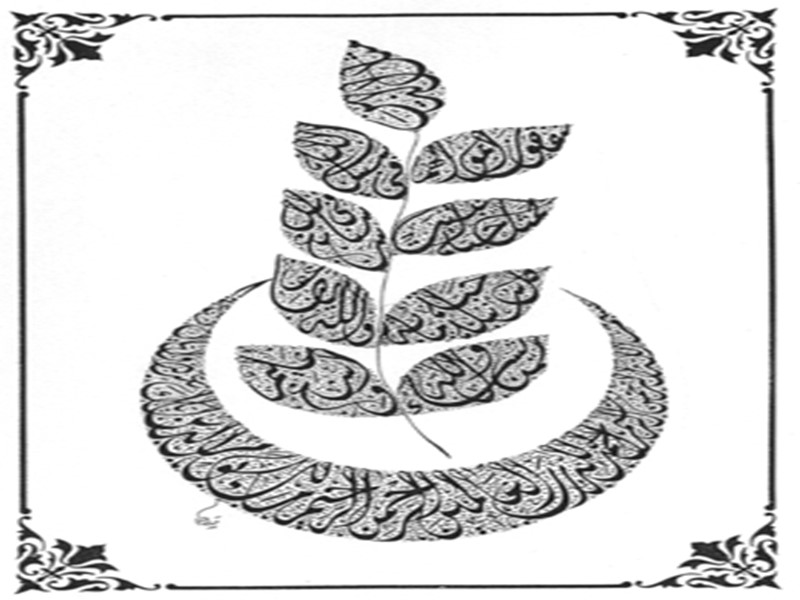
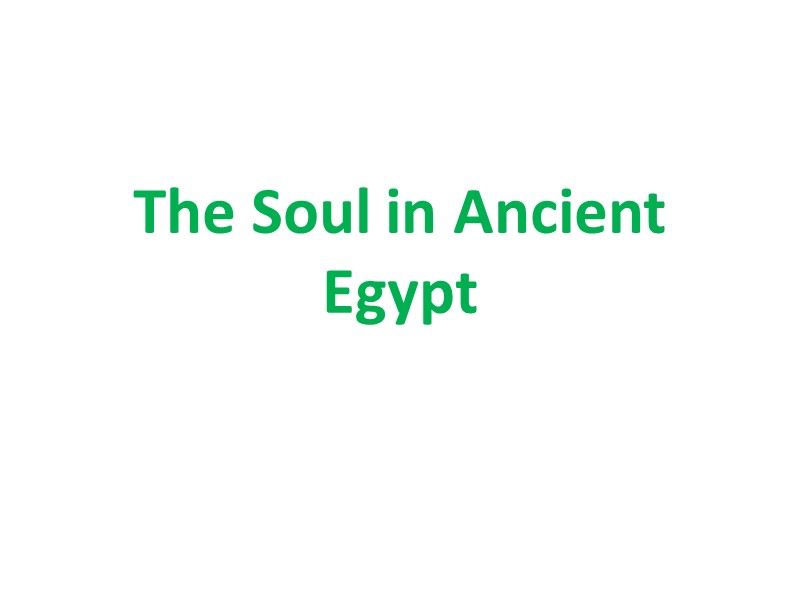
The Soul in Ancient Egypt
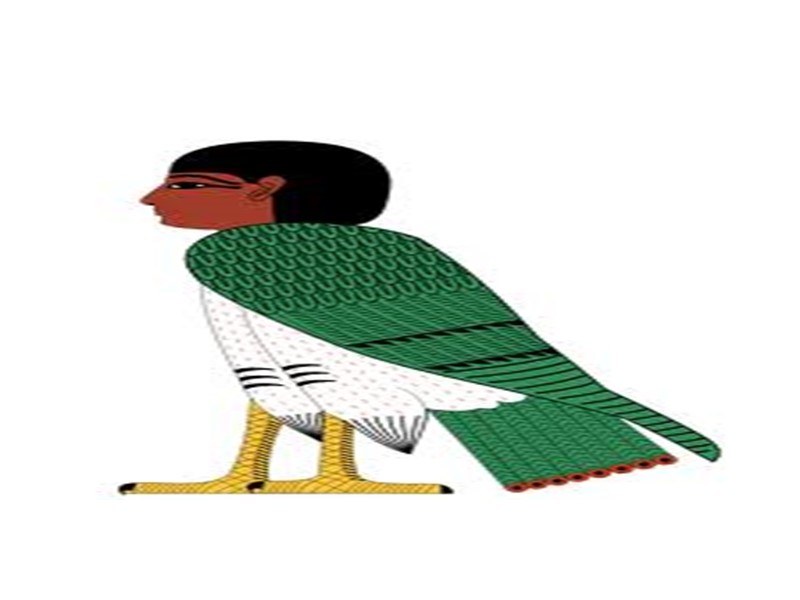
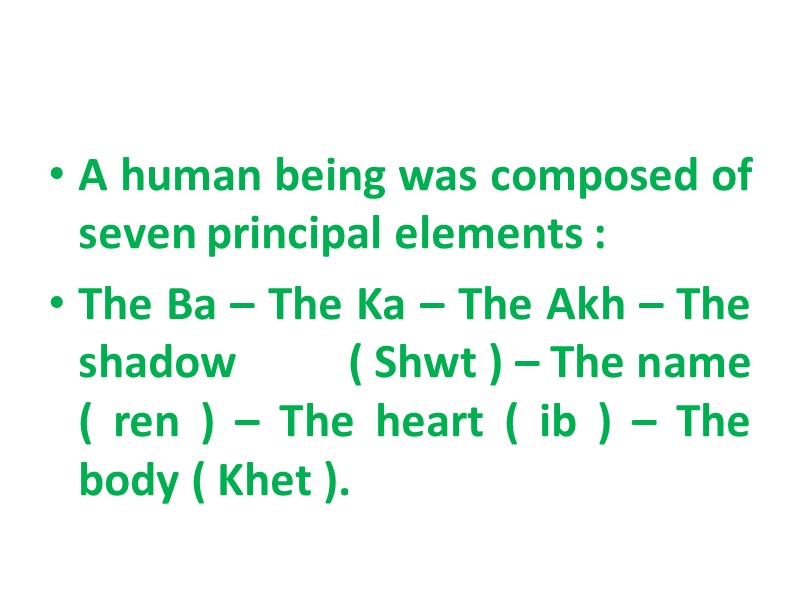
A human being was composed of seven principal elements : The Ba – The Ka – The Akh – The shadow ( Shwt ) – The name ( ren ) – The heart ( ib ) – The body ( Khet ).
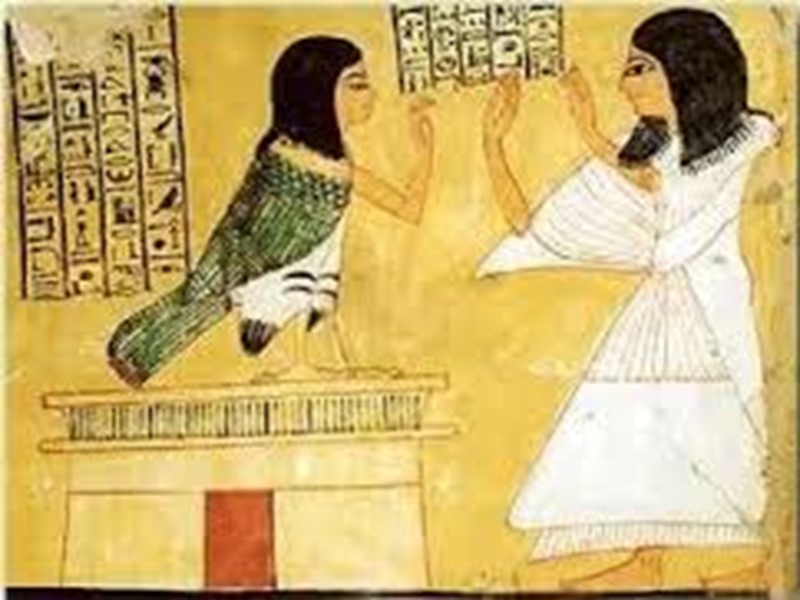
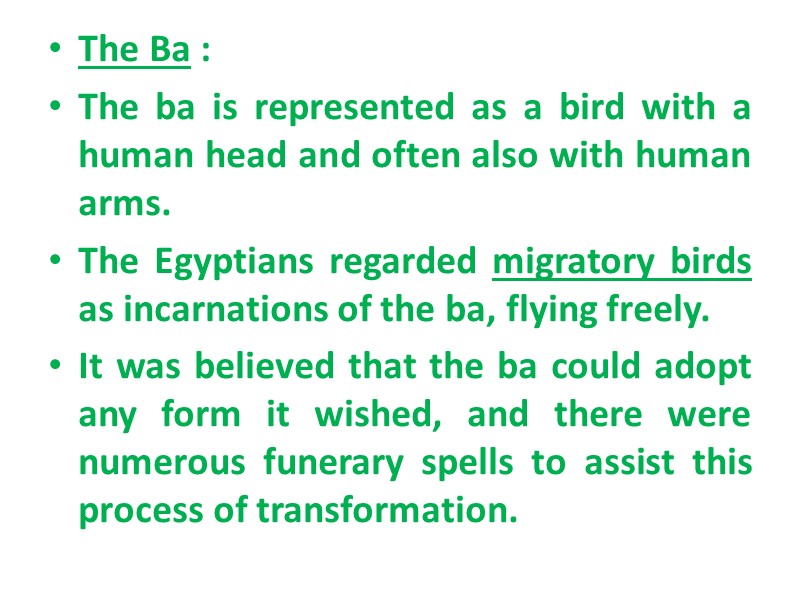
The Ba : The ba is represented as a bird with a human head and often also with human arms. The Egyptians regarded migratory birds as incarnations of the ba, flying freely. It was believed that the ba could adopt any form it wished, and there were numerous funerary spells to assist this process of transformation.
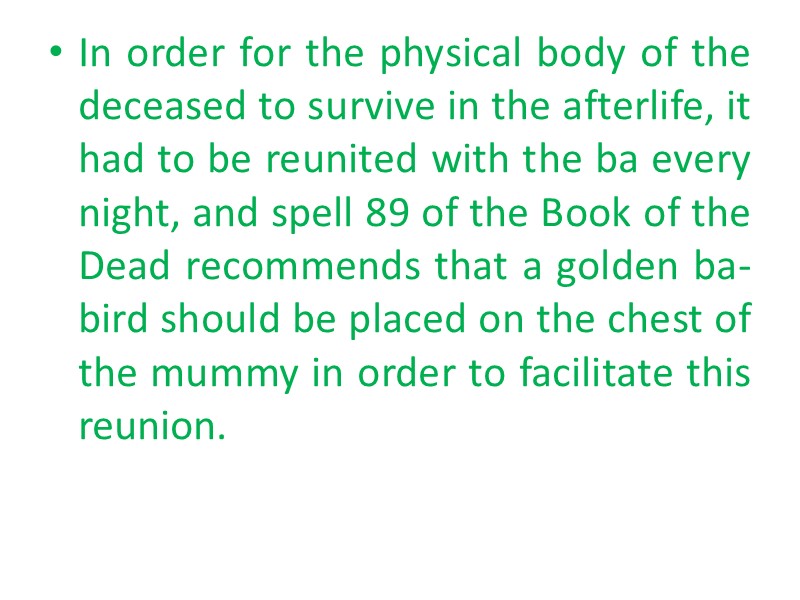
In order for the physical body of the deceased to survive in the afterlife, it had to be reunited with the ba every night, and spell 89 of the Book of the Dead recommends that a golden ba-bird should be placed on the chest of the mummy in order to facilitate this reunion.
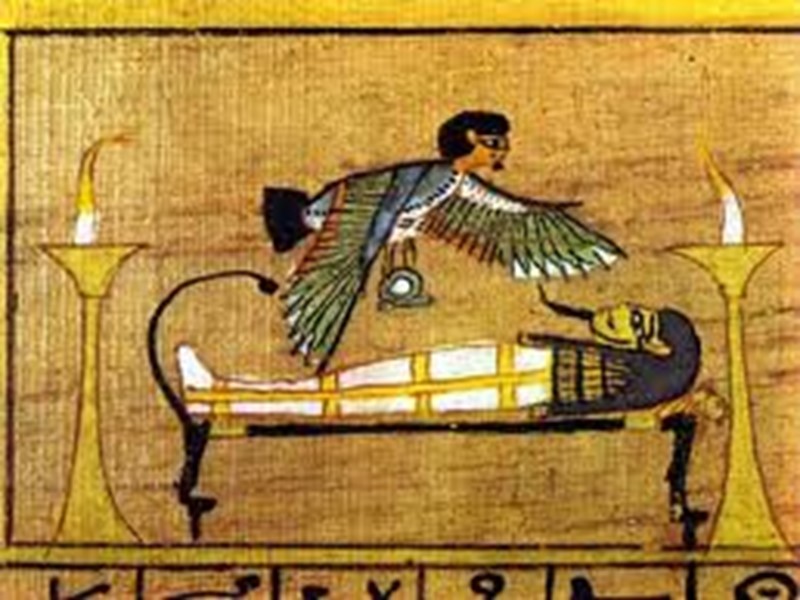
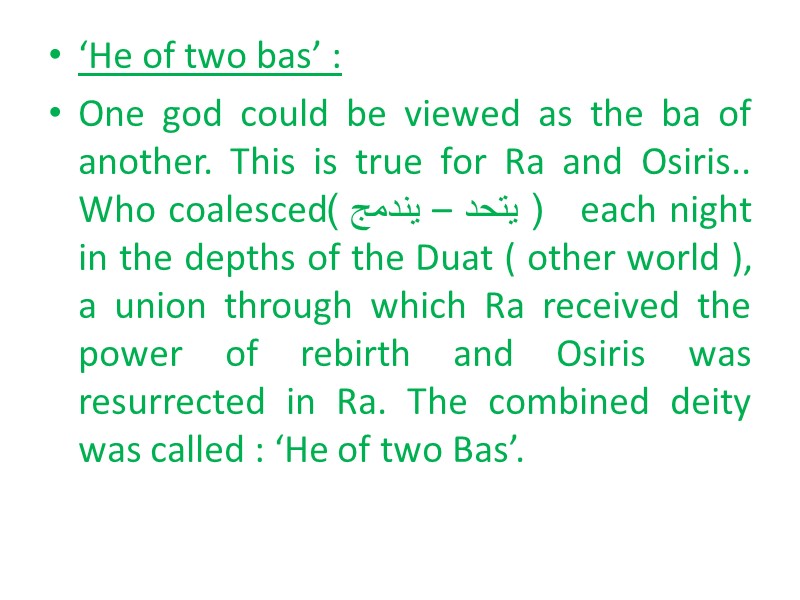
‘He of two bas’ : One god could be viewed as the ba of another. This is true for Ra and Osiris.. Who coalesced ( يتحد – يندمج ) each night in the depths of the Duat ( other world ), a union through which Ra received the power of rebirth and Osiris was resurrected in Ra. The combined deity was called : ‘He of two Bas’.
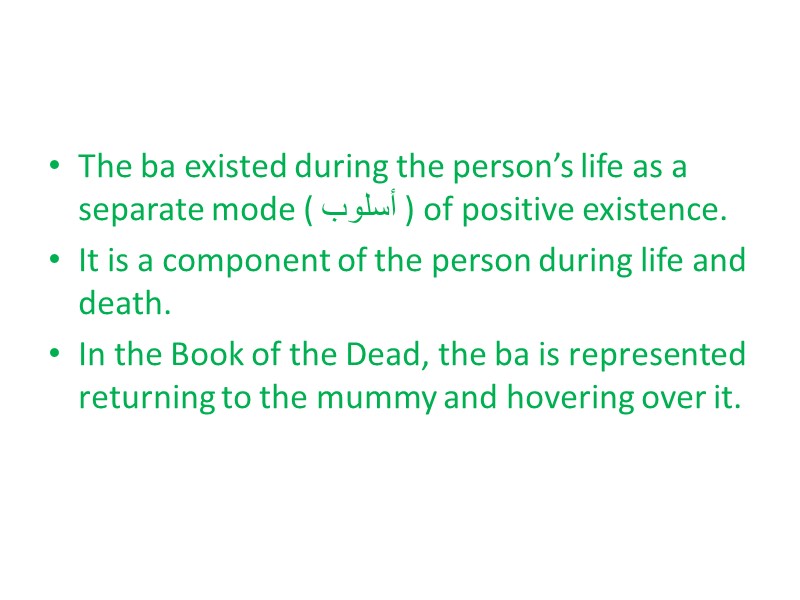
The ba existed during the person’s life as a separate mode ( أسلوب ) of positive existence. It is a component of the person during life and death. In the Book of the Dead, the ba is represented returning to the mummy and hovering over it.
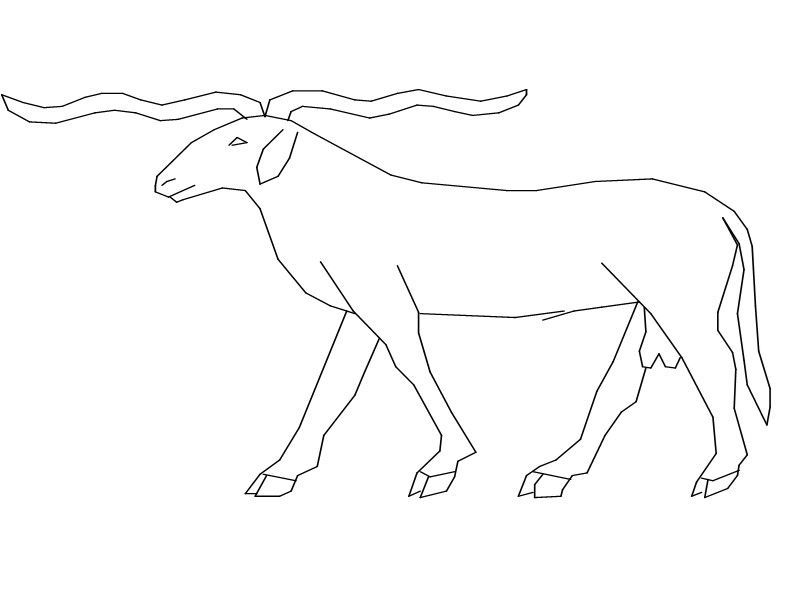
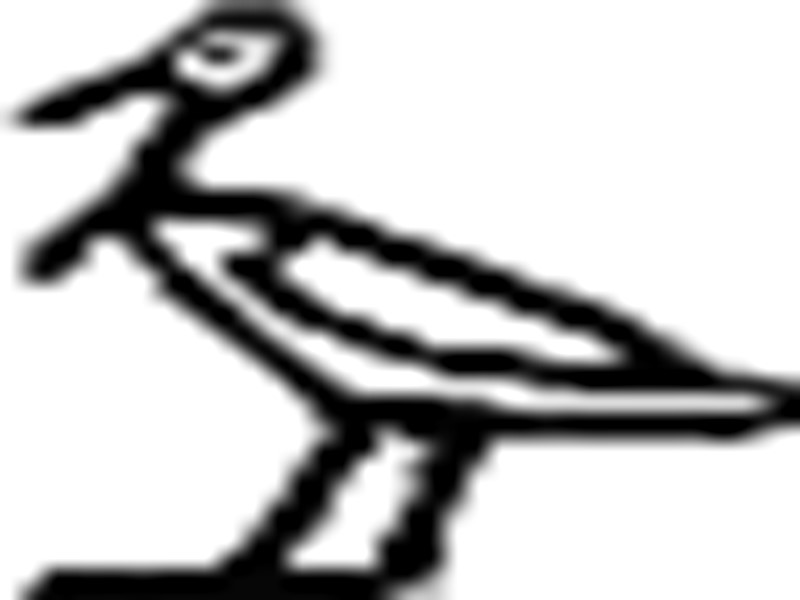
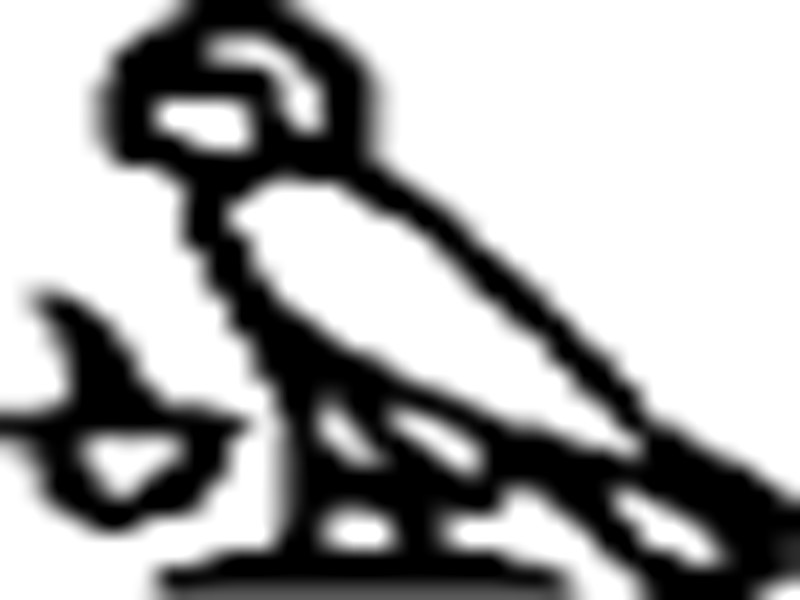
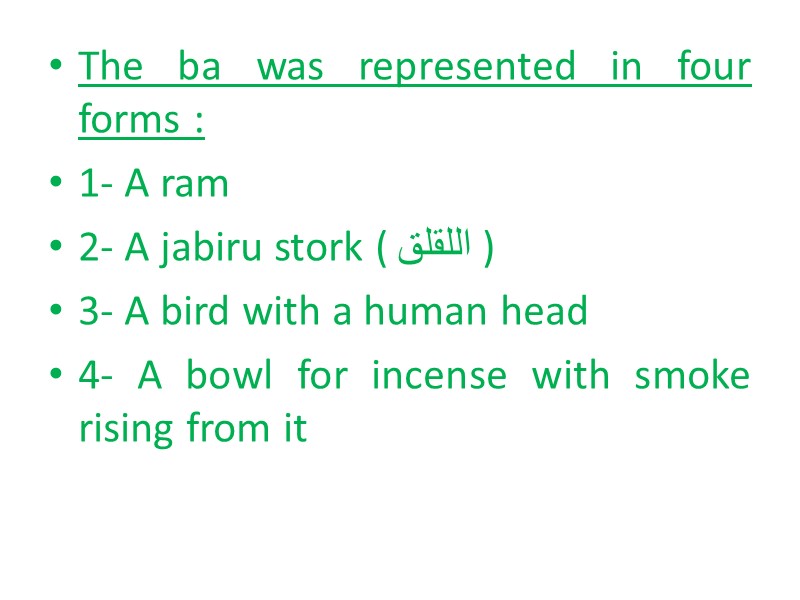
The ba was represented in four forms : 1- A ram 2- A jabiru stork ( اللقلق ) 3- A bird with a human head 4- A bowl for incense with smoke rising from it
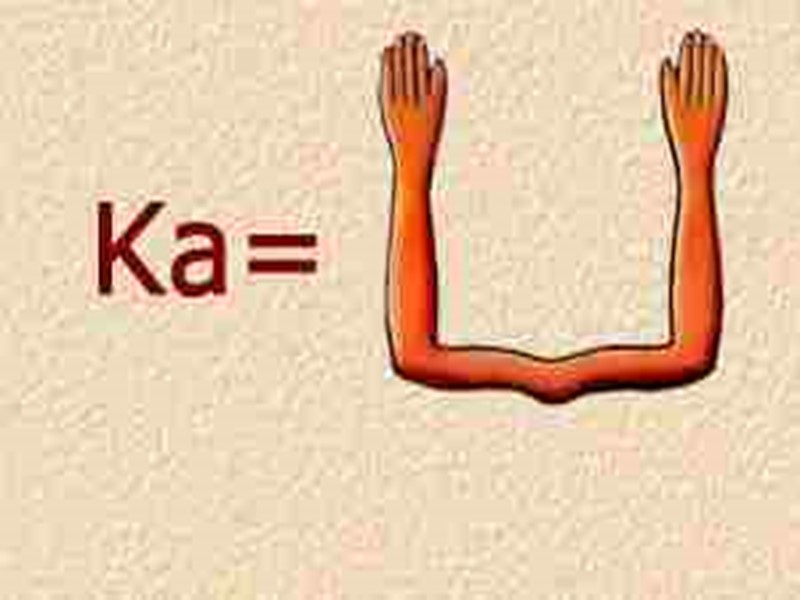
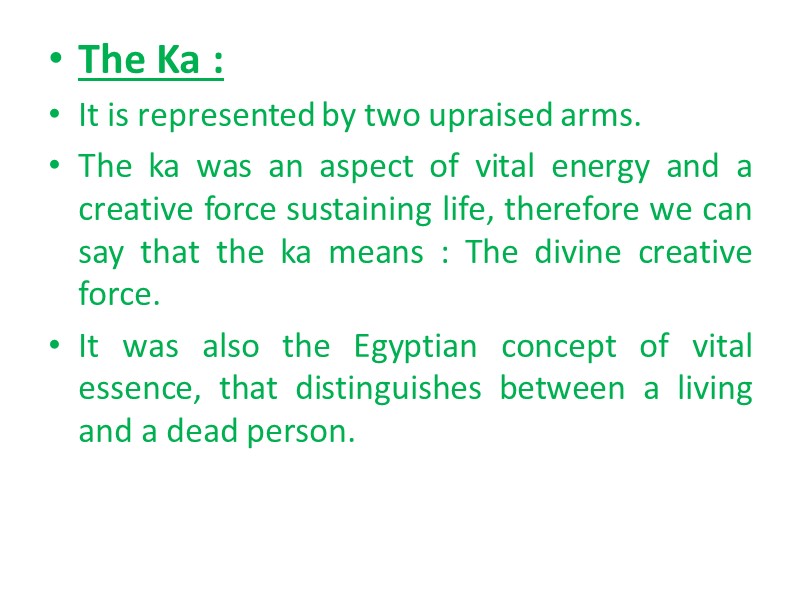
The Ka : It is represented by two upraised arms. The ka was an aspect of vital energy and a creative force sustaining life, therefore we can say that the ka means : The divine creative force. It was also the Egyptian concept of vital essence, that distinguishes between a living and a dead person.
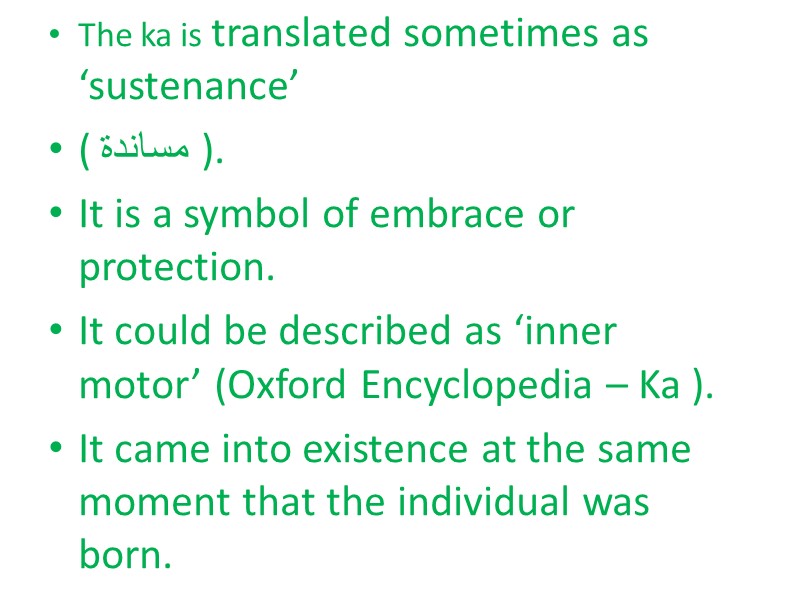
The ka is translated sometimes as ‘sustenance’ ( مساندة ). It is a symbol of embrace or protection. It could be described as ‘inner motor’ (Oxford Encyclopedia – Ka ). It came into existence at the same moment that the individual was born.
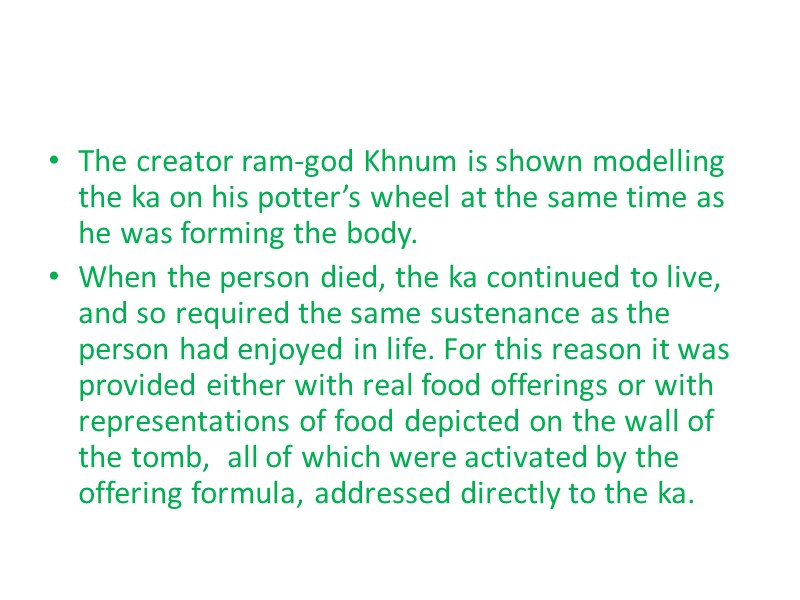
The creator ram-god Khnum is shown modelling the ka on his potter’s wheel at the same time as he was forming the body. When the person died, the ka continued to live, and so required the same sustenance as the person had enjoyed in life. For this reason it was provided either with real food offerings or with representations of food depicted on the wall of the tomb, all of which were activated by the offering formula, addressed directly to the ka.
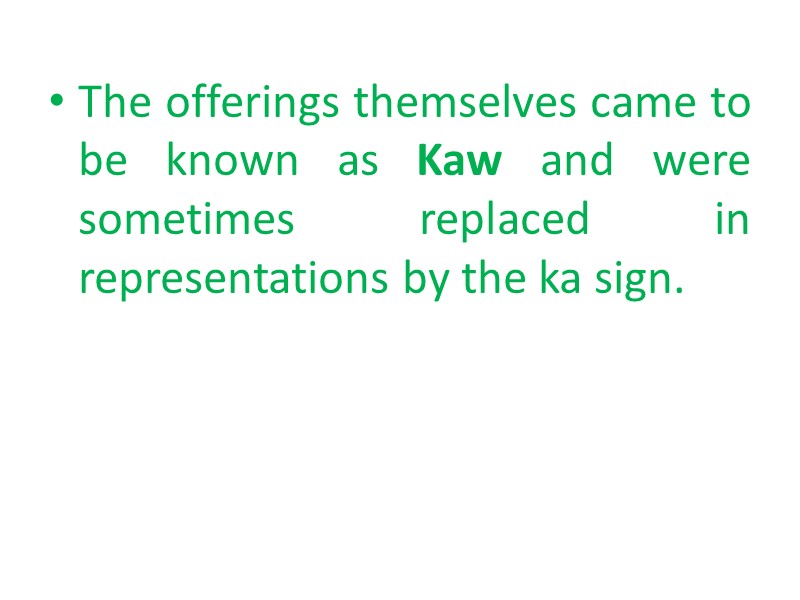
The offerings themselves came to be known as Kaw and were sometimes replaced in representations by the ka sign.
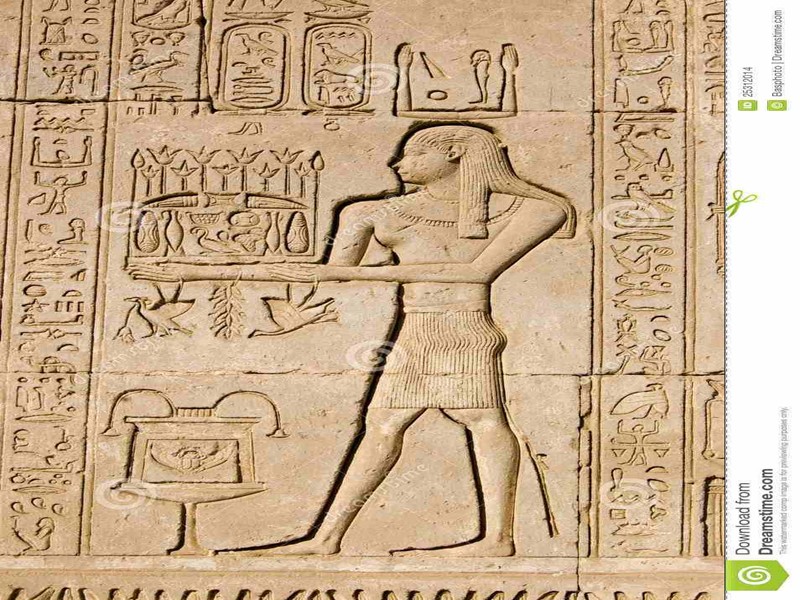
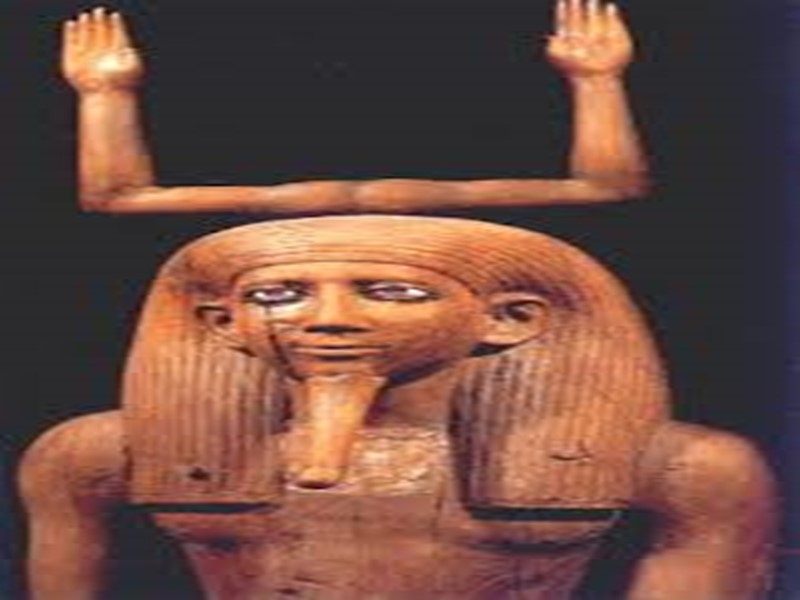
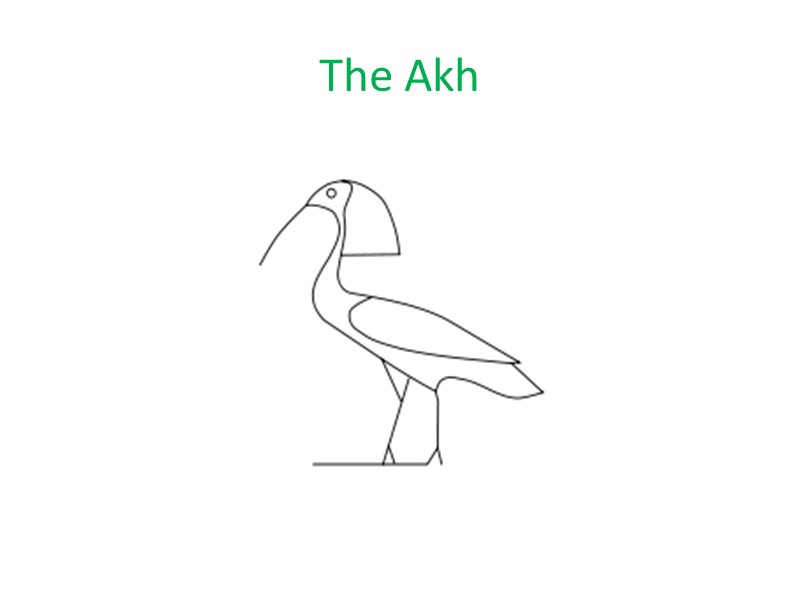
The Akh
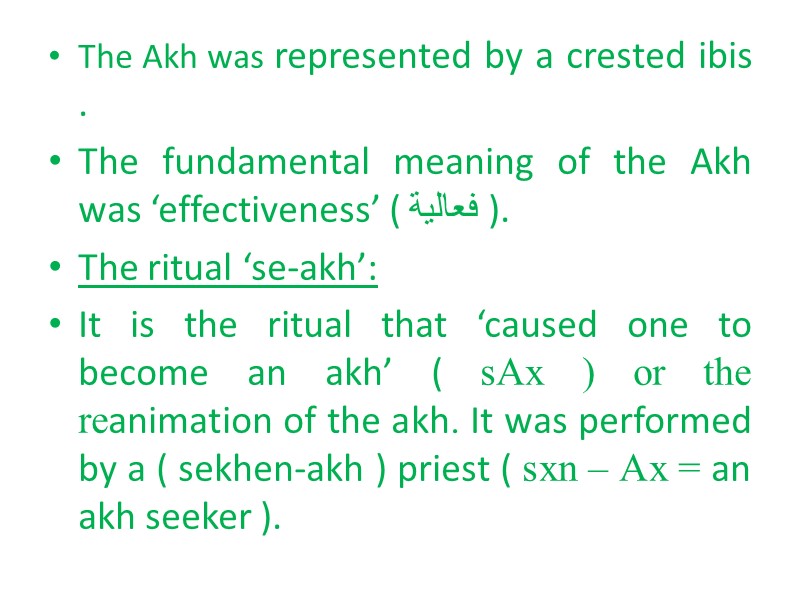
The Akh was represented by a crested ibis . The fundamental meaning of the Akh was ‘effectiveness’ ( فعالية ). The ritual ‘se-akh’: It is the ritual that ‘caused one to become an akh’ ( sAx ) or the reanimation of the akh. It was performed by a ( sekhen-akh ) priest ( sxn – Ax = an akh seeker ).
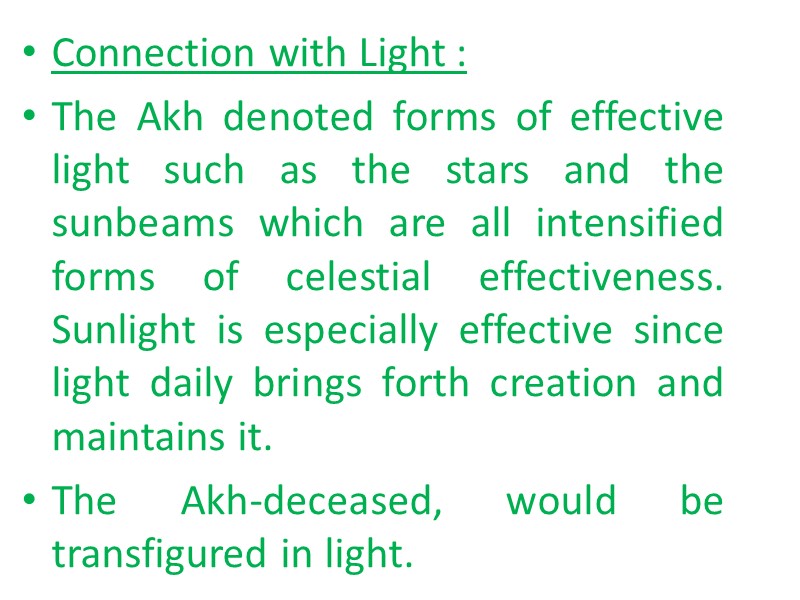
Connection with Light : The Akh denoted forms of effective light such as the stars and the sunbeams which are all intensified forms of celestial effectiveness. Sunlight is especially effective since light daily brings forth creation and maintains it. The Akh-deceased, would be transfigured in light.
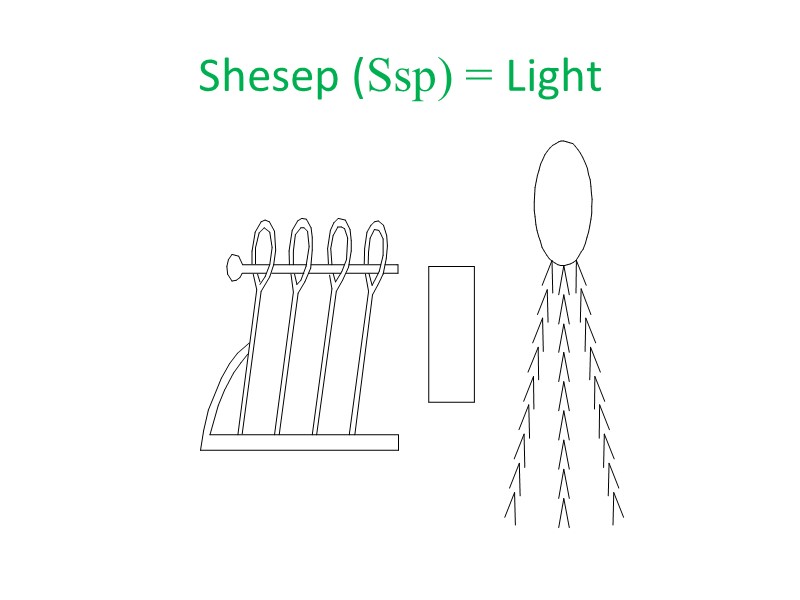
Shesep (Ssp) = Light
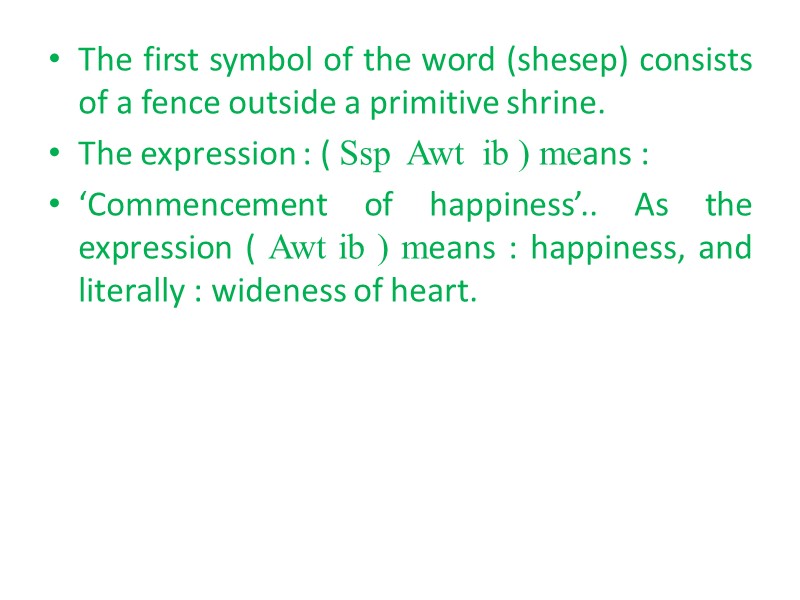
The first symbol of the word (shesep) consists of a fence outside a primitive shrine. The expression : ( Ssp Awt ib ) means : ‘Commencement of happiness’.. As the expression ( Awt ib ) means : happiness, and literally : wideness of heart.
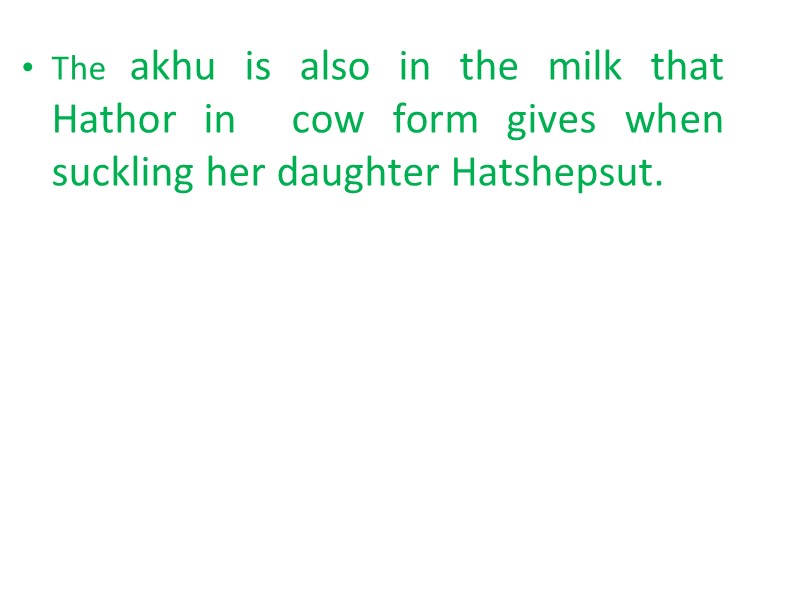
The akhu is also in the milk that Hathor in cow form gives when suckling her daughter Hatshepsut.
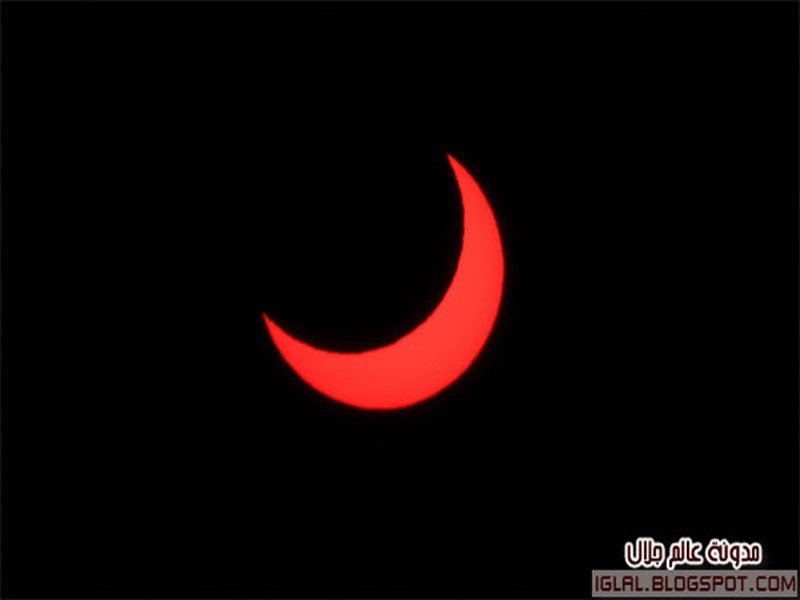
31614-the_soul_in_ancient_egyp.t.ppt
- Количество слайдов: 28

